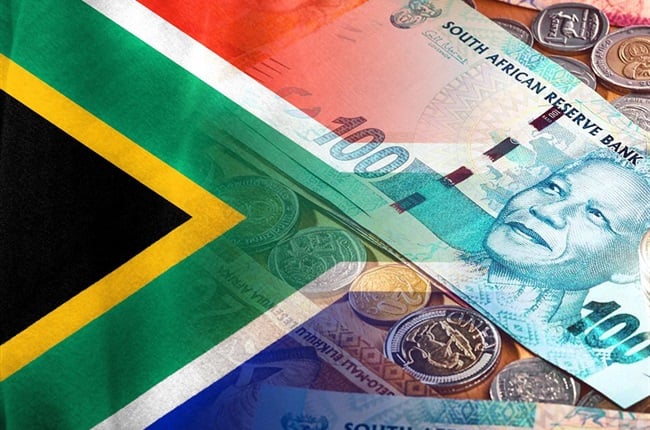Business
South African Rand Gains Despite Trump’s Tariff Uncertainty

The South African rand strengthened slightly on Wednesday morning as investors assessed the potential impact of U.S. President Donald Trump’s proposed reciprocal tariffs. While concerns over a global economic slowdown persist, the local currency managed a modest gain.
Rand Strengthens Amid Market Caution
By 07:07 GMT, the rand was trading at 18.25 per U.S. dollar, reflecting a 0.2% increase from its previous close. Meanwhile, the U.S. dollar remained stable against a basket of major currencies, as traders closely monitored trade developments.
Investor sentiment remained cautious, with fears that Trump’s planned tariffs—set to take effect on April 2—could fuel inflation, slow economic growth, and escalate global trade tensions. The uncertainty has put pressure on risk-sensitive currencies like the rand, which often reacts to global macroeconomic shifts.
Trump’s Tariff Plans and Market Response
Despite initial concerns, markets found some relief after Trump suggested that “not all of his threatened duties would be imposed next week” and that “some countries may get breaks.” This left room for potential exemptions or delays, easing some of the immediate fears surrounding the new trade measures.
Analysts at ETM Analytics noted, “Increasingly, one gets the sense that the U.S. economy is slowing and that the Trump administration does not want to exacerbate a downturn through the harsh imposition of tariffs.”
Stock Market and Bond Performance
South Africa’s stock market showed modest gains, with the Top-40 Index (.JTOPI) edging up by approximately 0.1% in early trading. Meanwhile, South Africa’s benchmark 2030 government bond reflected slight improvement, with the yield dipping 0.5 basis points to 9.14%.
Global Factors Influencing the Rand
The rand, like other emerging market currencies, is highly sensitive to global economic policies, particularly those from the U.S. When domestic economic news is limited, external factors such as Federal Reserve decisions, trade policies, and risk sentiment drive currency movements.
With the global economy facing heightened uncertainty, forex traders and investors will closely watch upcoming developments in U.S. trade policy and economic data to gauge the potential direction of the rand.
What Lies Ahead?
Looking ahead, the South African rand’s performance will depend on both domestic and international developments. Key factors to watch include:
- Further updates on Trump’s tariff plans and potential exemptions.
- The U.S. Federal Reserve’s stance on interest rates and inflation.
- South Africa’s economic data releases and fiscal policies.
For now, while the rand has managed to gain some ground, market volatility remains a key risk factor for traders and investors alike.
{Source News Central}
Follow Joburg ETC on Facebook, Twitter , TikTok and Instagram
For more News in Johannesburg, visit joburgetc.com



























